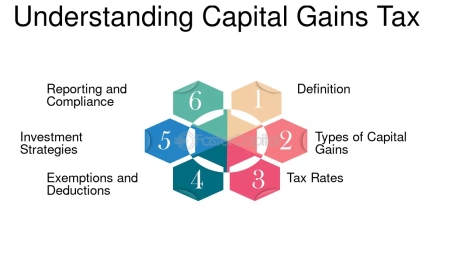How to Protect Your Investments from Market Volatility

Market volatility can be a significant concern for investors, as it can lead to substantial losses if not managed properly. To protect your investments, it's essential to understand the causes of market volatility and develop strategies to mitigate its impact. One effective approach is to diversify your portfolio, spreading your investments across different asset classes, such as stocks, bonds, and real estate. This can help reduce your exposure to any one particular market, minimizing the risk of significant losses.
Another key strategy is to adopt a long-term perspective, resisting the temptation to make impulsive decisions based on short-term market fluctuations. By focusing on your long-term goals and avoiding emotional reactions to market volatility, you can make more informed investment decisions and avoid costly mistakes. Regular portfolio rebalancing is also crucial, as it ensures that your investments remain aligned with your risk tolerance and financial objectives.
In addition to these strategies, it's essential to stay informed about market trends and economic conditions. By staying up-to-date with the latest news and analysis, you can make more informed investment decisions and adjust your portfolio as needed. It's also important to consider your overall financial situation, including your income, expenses, and other financial obligations, to ensure that your investments are aligned with your broader financial goals.
Furthermore, investors can also consider alternative investment options, such as commodities or currencies, to further diversify their portfolios. These investments can provide a hedge against market volatility, as their performance is often uncorrelated with traditional assets. However, it's essential to carefully evaluate the risks and potential returns of these investments, as they can be complex and require specialized knowledge.
To illustrate the importance of protecting investments from market volatility, consider the example of an investor who had a significant portion of their portfolio invested in a single stock. When the stock experienced a significant decline, the investor suffered substantial losses. In contrast, an investor who had diversified their portfolio across different asset classes was able to weather the storm, as the losses in one area were offset by gains in others.
In conclusion, protecting your investments from market volatility requires a combination of effective strategies, including diversification, a long-term perspective, regular portfolio rebalancing, and staying informed about market trends. By adopting these approaches, you can reduce your exposure to market fluctuations and achieve your long-term financial goals. It's also essential to consider your overall financial situation and adjust your investments accordingly. With a well-thought-out investment plan and a disciplined approach, you can navigate market volatility with confidence and achieve success in your investment endeavors.
Moreover, it's worth noting that market volatility can also present opportunities for investors. By being prepared to take advantage of market downturns, investors can potentially generate significant returns. For instance, investors who purchased stocks during the 2008 financial crisis were able to benefit from the subsequent market recovery. To capitalize on these opportunities, investors must be prepared to act quickly and decisively, while also being mindful of the associated risks.
Ultimately, the key to protecting your investments from market volatility is to develop a comprehensive investment plan that takes into account your financial goals, risk tolerance, and time horizon. By doing so, you can create a robust investment strategy that is designed to weather market fluctuations and achieve long-term success. This may involve working with a financial advisor or investment professional to develop a customized investment plan that meets your unique needs and objectives.
By following these guidelines and maintaining a disciplined approach, you can effectively protect your investments from market volatility and achieve your long-term financial goals. With a well-diversified portfolio, a long-term perspective, and a solid understanding of market trends, you can navigate even the most turbulent markets with confidence.

















